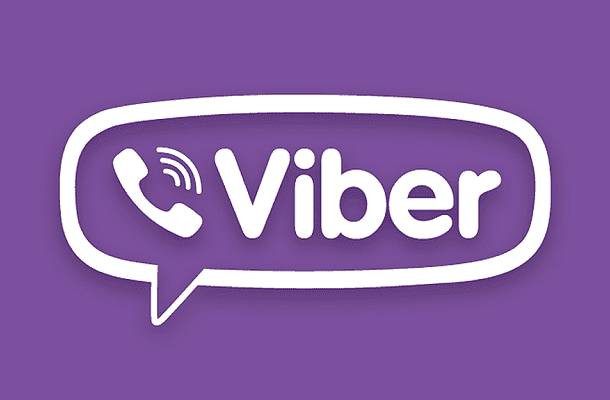Get insights into the extent of data collection by the popular messaging app Viber. Understand the information it gathers and the measures you can take to protect your privacy. Learn about the scope of personal data stored and utilized by Viber and how you can control your digital footprint.
Introduction:
In the digital era, concerns about data privacy have become increasingly pronounced. Users are increasingly curious about the data collection practices of various applications and services, seeking to comprehend the extent to which their personal information is collected and utilized. Viber, a prominent messaging application widely used in our region, has garnered attention for its data collection policies. Delving into what Viber knows about its users has become an imperative for individuals seeking to safeguard their digital privacy. As the app continues to facilitate seamless communication, understanding the breadth of data it gathers and the ways to regulate this process has emerged as a vital aspect of maintaining digital privacy and security.
Unveiling Viber's Data Collection Practices: What Does Viber Know About You?
With its widespread use, Viber inevitably collects a range of personal data from its users. A comprehensive understanding of the information that Viber stores can provide clarity on the extent of its data collection practices. When users initially register on Viber and utilize its services, the application begins to accumulate various forms of personal information. These include essential data such as phone numbers, personal details like names and dates of birth, email addresses, self-declared interests, device identifiers, and uploaded avatars or profile pictures. Additionally, Viber may request access to the user's phone directory to identify contacts who are also using the application.
Understanding Viber's Scope of Location Data Collection:
One of the key areas where Viber collects user information pertains to location data. The application captures both approximate and precise location details for various purposes, ranging from user convenience to marketing requirements. While Viber may acquire approximate locations based on IP addresses and phone numbers, it may also access precise GPS-based locations for specific functions and targeted marketing initiatives.
Automated Data Collection via Cookies and Device Identification Technologies:
Viber employs automated data collection techniques through the use of cookies and other device identification technologies. This method enables the app to capture a range of user-related activities, including online behavior, access times, and pages visited. Moreover, Viber gathers insights into user interactions within communities, channels, bots, and business accounts, along with additional information on device operating systems, browser preferences, and language settings.
Additional Data Collection Sources and Implications:
Beyond the direct user interactions, Viber also supplements its data collection through indirect sources and assumptions. The application leverages information from connected social media accounts, along with inferred details regarding user gender and interests. Furthermore, Viber utilizes third-party data to make assumptions about user preferences and interests, incorporating these insights into advertising strategies. Additionally, the application may acquire user names and phone numbers through the contacts of other Viber users, expanding the scope of its data repository.
Empowering Privacy Control: Managing Your Viber Profile:
Despite the comprehensive data collection practices of Viber, users have the option to proactively manage their privacy settings. By utilizing the available privacy controls, users can limit the extent of data collection and control the information shared with the application. Empowering users to exercise greater control over their digital footprint remains a crucial aspect of maintaining personal privacy and data security in the digital landscape. As Viber continues to evolve its data collection strategies, user awareness and active privacy management serve as essential tools in navigating the intricacies of digital communication and safeguarding personal information from unwarranted exposure.


Comments